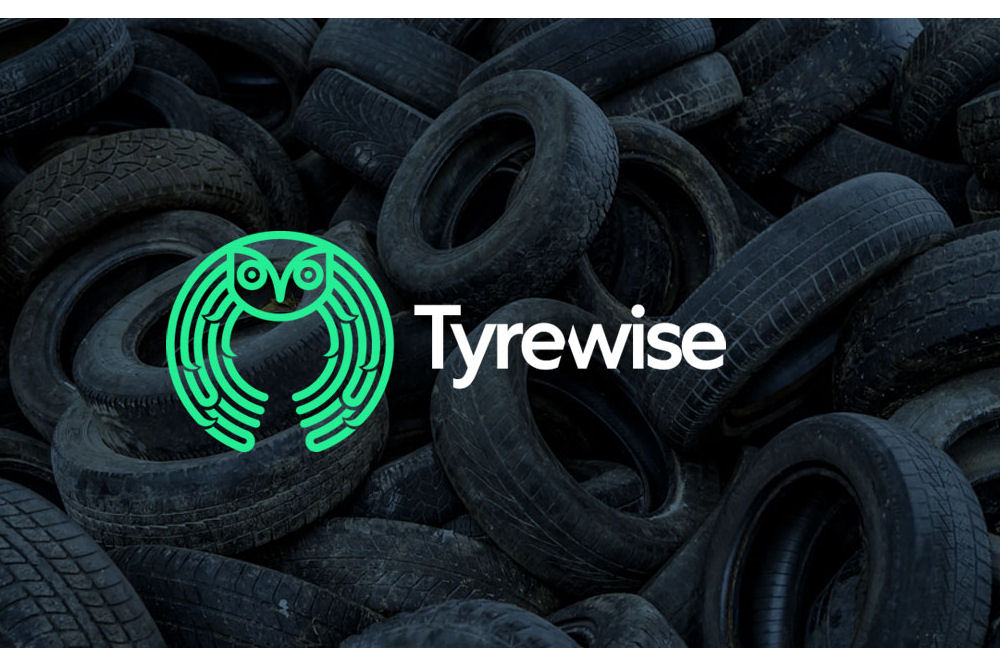New Zealand has struggled with the challenge of how to handle its used tyres for many years, now, it appears to be taking control of tyre management
In November 2021, Tyrewise, the New Zealand tyre stewardship operator get the green light, but two years later regulations are only just being put in place to control the import and sale of tyres in the country.
Regulations have now been approved that will change the way New Zealand manages the 6.5 million tyres that reach their end of life every year.
Regulations under which tyres will be imported into and sold in New Zealand, and how these tyres are managed when they reach end of life is the final step that should enable the regulated product stewardship scheme, Tyrewise.
According to Mark Gilbert, Chair of Auto Stewardship New Zealand, the regulation will reduce the environmental, economic, and societal harm posed by end-of-life tyres that would otherwise be dumped, illegally stockpiled or landfilled.
Auto Stewardship New Zealand is the not-for-profit charitable trust which provides governance for the accredited product stewardship scheme, Tyrewise.
A key part of the regulation is replacing the existing ad hoc ‘environmental’ or disposal charges New Zealanders currently face when disposing of old tyres. The tyre stewardship fee will be charged on eligible tyres imported into the country, whether loose or attached to a vehicle.
“It is excellent news to have the regulation published,” says Gilbert. “It outlines how regulated product stewardship will work for the first time in New Zealand – enabling an entire industry to effectively manage their product from import to end-of-life.”
According to Gilbert, it has been well over 10 years since the Tyrewise project began and three years since the Declaration of Priority Product Notice 2020, which includes tyres. “The timeline will see the regulation come into effect from March next year.”
The regulation means that all participants in the tyre supply chain from the point of import to end-of-life must be registered with Tyrewise and will have to abide by a code of practice which will be audited by the scheme delivery manager. “This will reduce the chance of illegal stockpiling and tyre fires which impact negatively on our communities and turns a tyre from being wasted into an available resource.”
“This is what industry and the Ministry have been working towards since the beginning – a regulated scheme which provides a level playing field for stewarding end-of-life tyres,” Gilbert says. “The replacement tyre stewardship fee, which has been set at $6.65 + GST for a standard passenger tyre, will be consistent across the country.”
The fee, specified in the regulation by tyre size and type, covers the cost of future stewardship of the tyre on which the fee is paid, says Gilbert. “It shifts the cost burden of managing end-of-life tyres from disposal to the point of purchase, allowing Tyrewise to manage end-of-life tyres from collection to processing by providing free collection, ensuring tyres end up at registered processors where we can add value.”
According to Gilbert, old tyres are a valuable resource; “Only around 40 per cent of the tyres which reach their end-of-life in New Zealand are currently recycled or used in the creation of new products. Tyrewise will use part of the fee to further stimulate domestic markets to make innovative new products from tyres, creating jobs and keeping resources in use for as long as possible as part of a circular economy.”
This ability of Tyrewise to fund industry development from the collection fees is one of the key benefits of a Stewardship/ EPR scheme. New Zealand has a unique chance to show how well such a system can work as there is very limited grey importation possible – so Tyrewise should be able to have full oversight of the whole New Zealand market.
Tyrewise has set a target of 80 per cent of tyres processed by the fourth year of operation and over 90 per cent by the sixth year, Mark says.
Tyrewise will initially cover all air-filled and solid tyres for use on motorised vehicles for cars, trucks, buses, motorcycles, all-terrain vehicles, tractors, forklifts, aircraft and off-road vehicles. Tyres for products like bicycles and non-motorised equipment such as prams, as well as coils for retreads will be brought into the scheme at a later date. Consultation with stakeholders on these scope two tyres is expected late 2024.
Tyre importers now have until 1 March 2024 to prepare for the first phase of the regulation to come into effect, with the second phase in effect from 1 September 2024. For more information on the regulation visit www.tyrewise.co.nz.




















